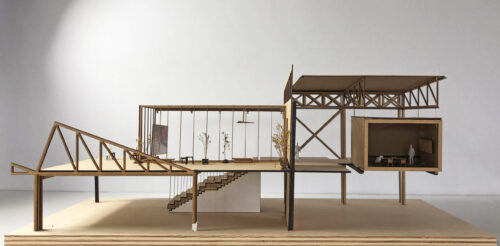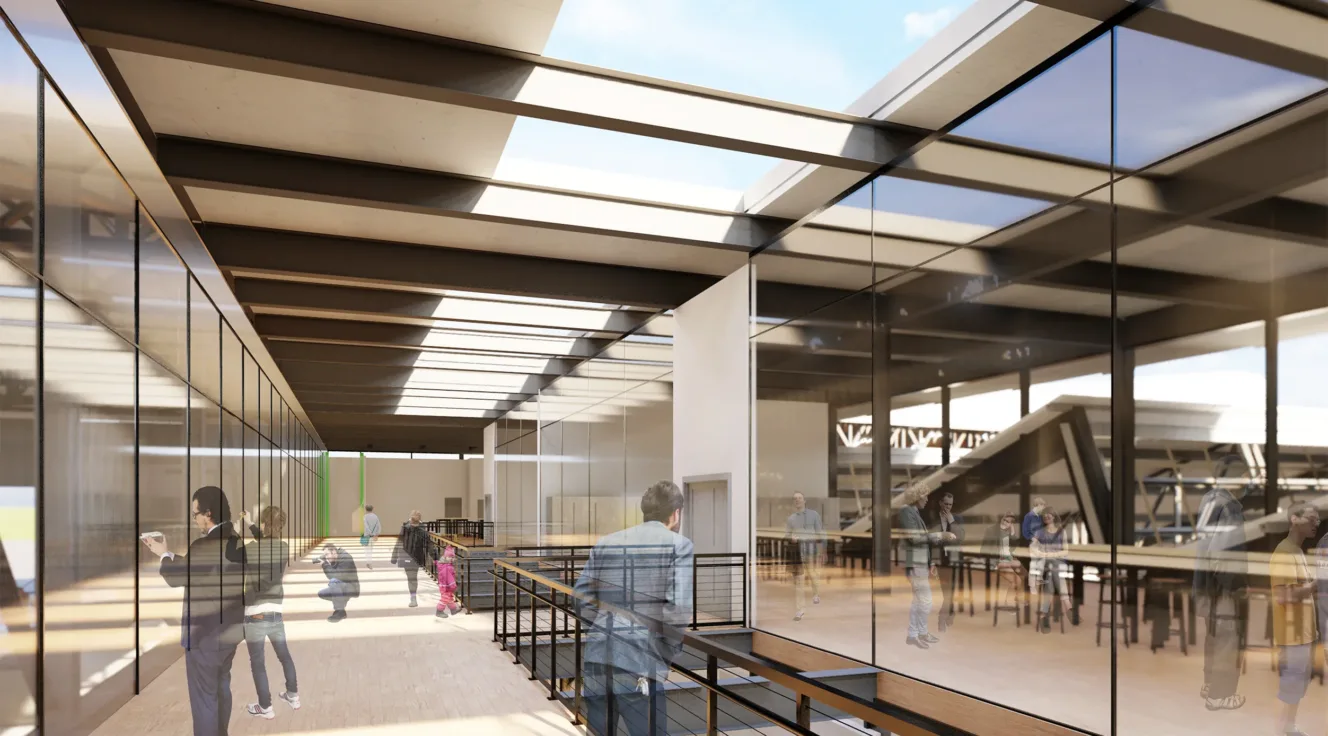ARCH 573: Adaptive Reuse
Graduate Design Studio
Architects can contribute to the sustainability of the built environment by envisioning ways to adapt older buildings for new purposes; literally, by sustaining existing buildings rather than demolishing them to build anew. The Pritzker-Prize-winning architect Anne Lacaton has said that the demolition of an existing building “is a waste of many things—a waste of energy, a waste of material, and a waste of history.” Instead of demolishing a building once it no longer serves its original purpose, today there is growing interest in re-purposing existing buildings, finding ways to make them viable for new uses and extend their lifespans into the future, thus saving embodied energy and reducing waste. The Environmental Protection Agency notes that even an energy-efficient new building takes approximately 65 years to recover the embodied energy lost in demolishing a comparable existing building.
This studio explores design methods to engage these issues. Students will propose a new function or functions for an existing structure and design the modifications, interventions, and/or additions to achieve the desired outcomes. We work with the existing structural system and shell, modifying them as necessary, and designing new spaces to meet projected needs. The design process will focus on upgrading the existing building in two critical aspects: (1) program and (2) energy performance. How can this existing building’s structure form the framework for a new program? How can we improve the energy performance of an older building using current building envelope technologies and renewable energy sources, raising it from 20thcentury to 21st-century standards and beyond? How do we transform an empty, abandoned building into a vibrant and active space for new purposes?

Alejandro Toro-Acosta

Alejandro Toro-Acosta, Stuti Bhardwaj, and Sirisha Chittoor Muni

Niha Ladiwala, Wesley Gonzalez-Colon, and Meghna Chatterjee

Rani Kaylani, Siddhi Patke, and Drew Randle

Stuti Bhardwaj
